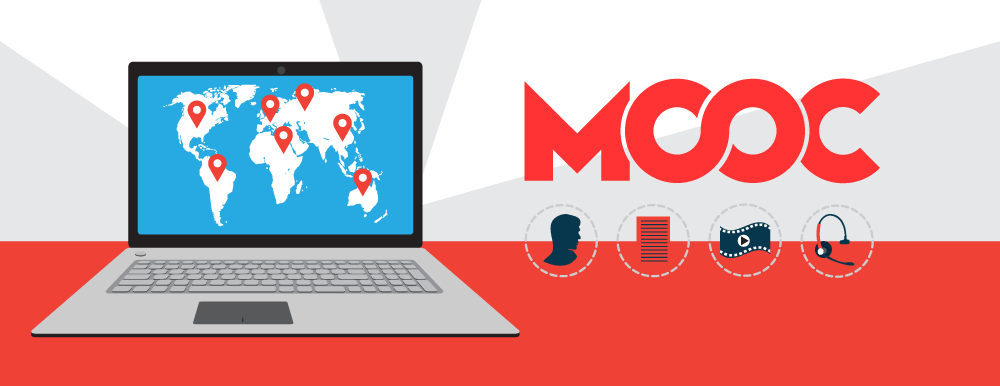We all know that when we fly to China we will use our mobile phone much less, because we can’t get access to the well-known media platforms like: Instagram, Facebook and the New York Times. Have you ever asked yourself: why is Facebook blocked in China? Well, I will explain to you briefly.
China has a communistic regime and the local government wants to have full controls over its citizens, as a typical characteristic of the communism. That is exactly the reason why Facebook is blocked. According to the local authorities, Facebook does not fit with the local law. Of course, there are reasons for why the platform does not fit the regularities. First of all, Facebook is afraid for riots in the country, caused by perceptions from outside China. They agree with the fact that when many non-Chinese people complain (or give a negative opinion) about the government, the locals will agree with these opinions, which can lead to revolts. And secondly, the government can’t control the content in the social media platform. This does not mean that China hasn’t any social media platform, but they are all controlled by the government. If Facebook would give the Chinese authorities full access to the platform, then it would be legally accessible.
Luckily, many people have find ways to enter Facebook. Via proxy-sites are citizens still able to join world’s most popular platform with all their features and photos. Hopefully, these are the first step to a national wide Facebook authorization.
Remarkably, not the whole country is blocked from international social media sites. Since summer 2013, Facebook is accessible in the Free Trade Area in Shanghai for two reasons. Firstly, to make foreign investments more attractive and, secondly, to connect China better with the Western world. For now, China does not have expand the legal access of Facebook beyond the 28 square miles of the Shanghai area.
How do you think about this? Does Facebook need to give access to media platforms like Facebook to the whole country?
Source: http://www.investopedia.com/articles/investing/042915/why-facebook-banned-china.asp
Source: http://www.nu.nl/tech/3583308/china-staat-facebook-toe-in-vrijhandelszone.html
Source: http://nos.nl/artikel/423549-facebook-ondanks-verbod-populair-in-china.html
Source: http://www.dailymail.co.uk/sciencetech/article-2431861/China-lifts-ban-Facebook–people-living-working-small-area-Shanghai.html



